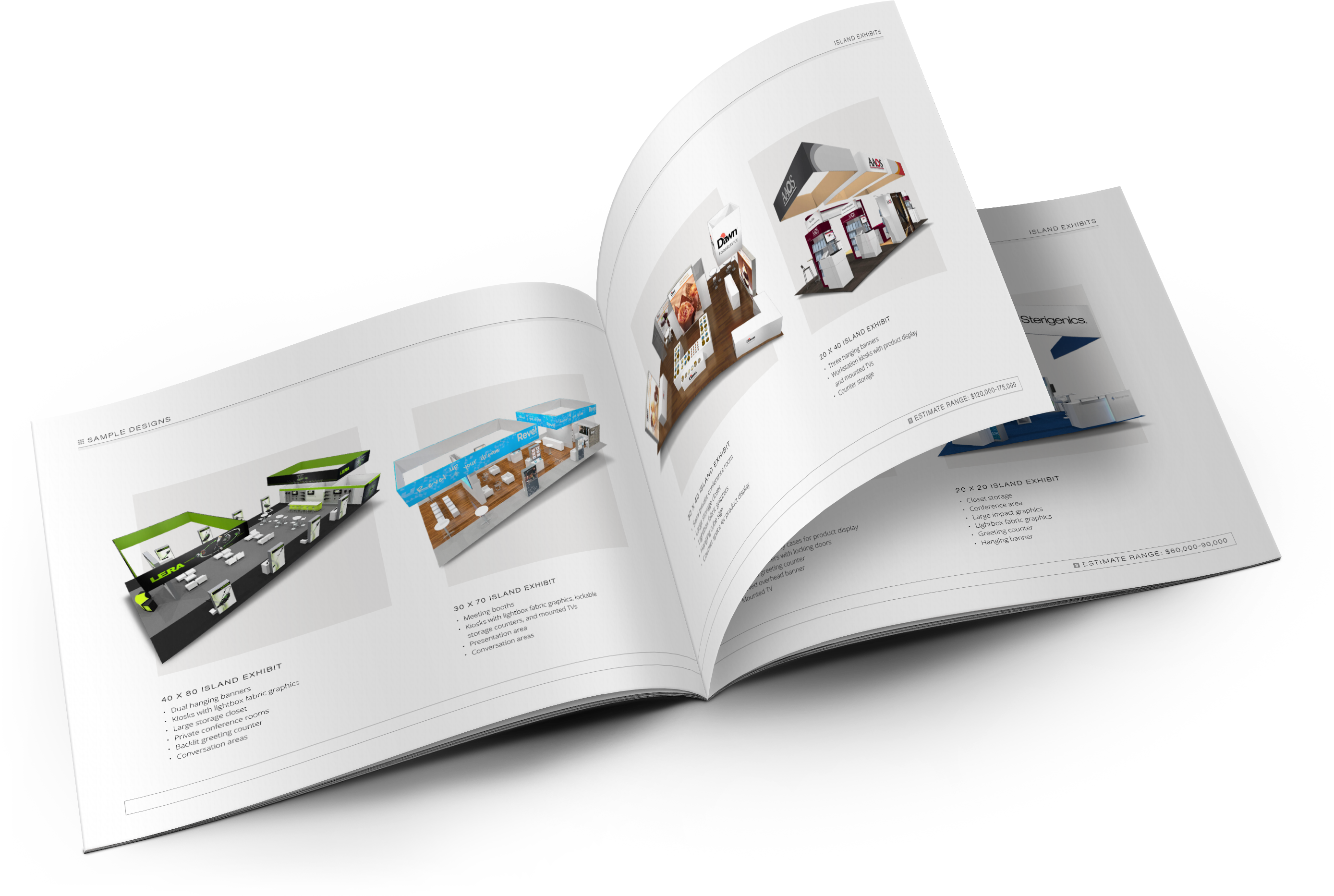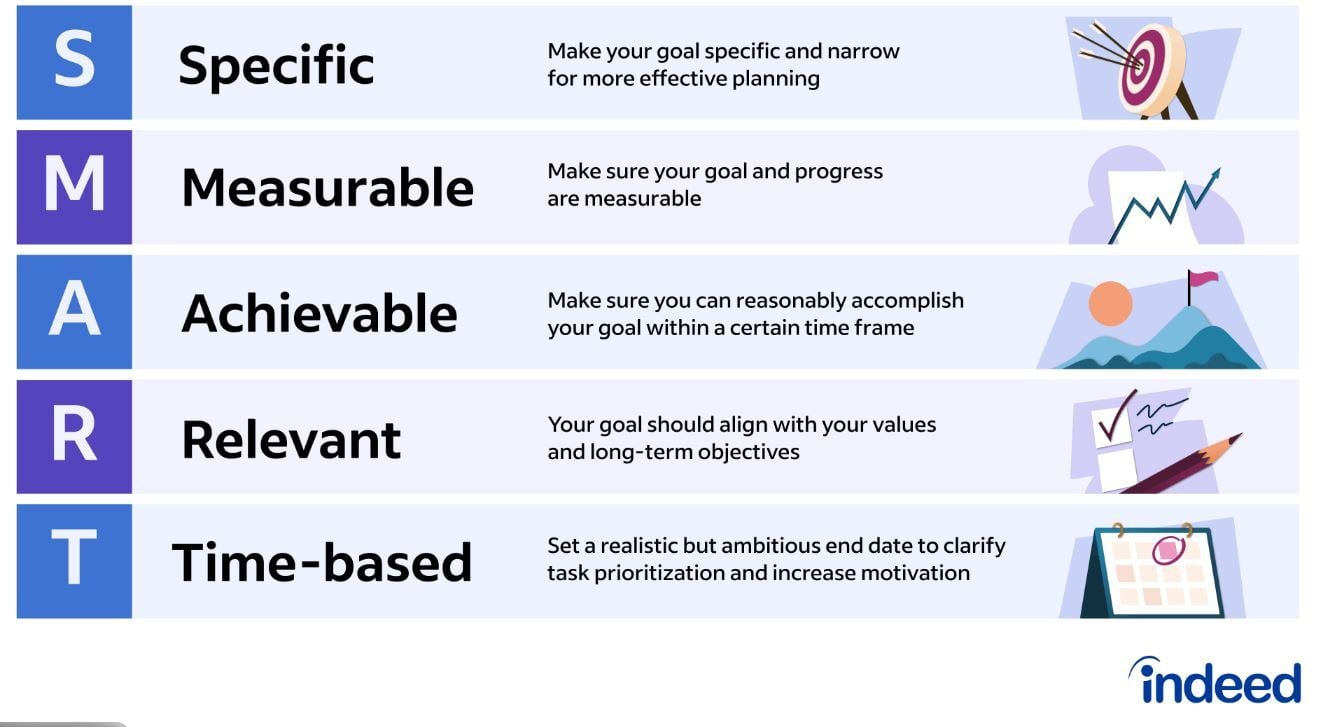Choosing the right event to achieve your goals is more than just picking a date and location—it’s a deliberate decision that can shape the future of your brand. Success in the competitive landscape of trade shows and industry events demands a strategic mindset from the outset. To truly make an impact, you need to select opportunities that are tailored to your specific objectives, audience, and growth targets. Consider how each event connects with your brand’s vision—whether your aim is to strengthen brand awareness, build high-value relationships, generate qualified leads, or launch new products on a larger stage. The event you choose should not only align with your goals, but also provide the platform, resources, and networking potential required to drive measurable, lasting results for your organization.
1. Define Your Objectives
Before selecting an event, clearly articulate your goals and desired outcomes. Are you aiming to educate your audience, introduce a groundbreaking product, build influential partnerships, or increase brand recognition within a targeted market segment? Taking the time to define your primary objectives—such as lead generation, thought leadership, or expanding into new markets—ensures that your event participation is purpose-driven. By understanding not just what you want to achieve, but also why these objectives matter to your broader business strategy, you’ll be positioned to identify events that offer the ideal platform, audience reach, and engagement opportunities. This strategic clarity enables you to choose events that align with your organization’s mission and deliver measurable value for your brand.
2. Understand Your Audience
To create truly engaging event experiences, it’s essential to go beyond basic demographics. Start by mapping out the detailed characteristics of your ideal attendees—what industries do they represent, what are their biggest professional challenges, and which trends or technologies are capturing their interest right now? Weigh the professional level of your audience, from C-suite executives to decision-makers and influencers, to ensure the event content and format properly align with their expectations and motivations. By analyzing factors such as sector relevance, attendee job functions, buying authority, and preferred engagement styles, you can select or create events that will authentically connect with your audience. This level of understanding enables you to develop event agendas, activations, and messaging that resonate with your target market, creating memorable experiences that drive both attendance and ongoing brand engagement.
3. Evaluate Event Formats
Each event type brings unique strengths and engagement opportunities to the table. Conferences are ideal when your goal is to deliver educational sessions, foster in-depth thought leadership, and position your brand as a subject matter expert among peers and industry stakeholders. On the other hand, trade shows offer the perfect environment for dynamic product demonstrations, real-time lead generation, and direct networking with prospective clients, partners, and decision-makers. Exhibitions often blend interactive experiences with opportunities to immerse attendees in your brand’s story, utilizing AV technology, digital signage, and engaging booth designs to maximize audience interaction. As you evaluate your options, carefully weigh which format best aligns with your core objectives—whether that’s building brand credibility, capturing high-value leads, launching innovations, or deepening relationships within your target market. By matching the right event format to your goals and audience, you will maximize your brand’s impact and set the stage for measurable, strategic outcomes.
4. Consider Timing and Location
The timing and location of an event can significantly impact attendance and participation. Ensure that the event's schedule aligns with your availability and that the location is accessible to your target audience.
5. Assess Event Reputation and Reach
Dive deep into the event’s background by analyzing its history, audience profiles, and the caliber of past exhibitors and speakers. Pay close attention to attendance trends, notable brands that have participated, and the feedback or outcomes from prior years. Participating in a reputable event with a consistent record of industry relevance, high-quality programming, and established credibility helps position your brand alongside trusted peers and attracts a qualified, engaged audience. This due diligence not only enhances your event ROI, but also ensures you connect with the right prospects, thought leaders, and decision-makers who are most relevant to your business objectives..
6. Align with Brand Values
Choose events that reflect your brand's values and image. When you participate in events whose culture, mission, and audience align with your own, you reinforce your brand’s credibility and resonate authentically with attendees. Showcasing your brand in spaces that champion similar principles not only elevates your reputation, but also ensures your messaging is consistent and compelling across every touchpoint. This alignment allows your audience to form a stronger connection with your brand and fosters trust among prospective clients and partners—a crucial advantage in the competitive landscape of trade shows and industry events.
7. Set Measurable Goals
Establish clear, measurable goals for your participation in the event. Whether it's generating leads, increasing sales, or gaining media coverage, having specific targets will help you evaluate the event's success.
8. Budget Considerations
Carefully analyze all direct and indirect costs associated with the event to ensure they fit within your overall marketing budget. This means accounting not only for registration fees, but also for travel and accommodations for your team, booth or exhibit expenses, promotional materials, AV rentals, and shipping or logistics support. Don’t overlook ancillary costs such as onsite labor, storage, utilities, and lead retrieval systems—these can add up quickly and impact your total return on investment. By preparing a comprehensive budget and weighing potential expenses against projected benefits, you’ll be able to assess whether the event represents a sound strategic investment for your organization, supporting both your brand objectives and long-term growth.
9. Plan Post-Event Follow-Up
Your efforts shouldn't end when the event concludes. Develop a plan for following up with contacts made during the event to nurture relationships and capitalize on opportunities.
Conclusion
Selecting the right event is a pivotal strategy that can profoundly shape the trajectory of your brand’s success. By strategically aligning your event choices with clearly defined objectives, a thorough understanding of your target audience, and a realistic assessment of available resources, you set the stage for meaningful engagement and tangible returns. Evaluate each potential event not only based on its surface appeal, but also on its ability to attract your most valuable prospects and support your broader organizational goals. This careful, informed approach empowers you to invest your time, budget, and creative energy in opportunities that maximize your brand’s visibility, foster high-impact connections, and drive measurable results that move your business forward in today’s dynamic event landscape.






